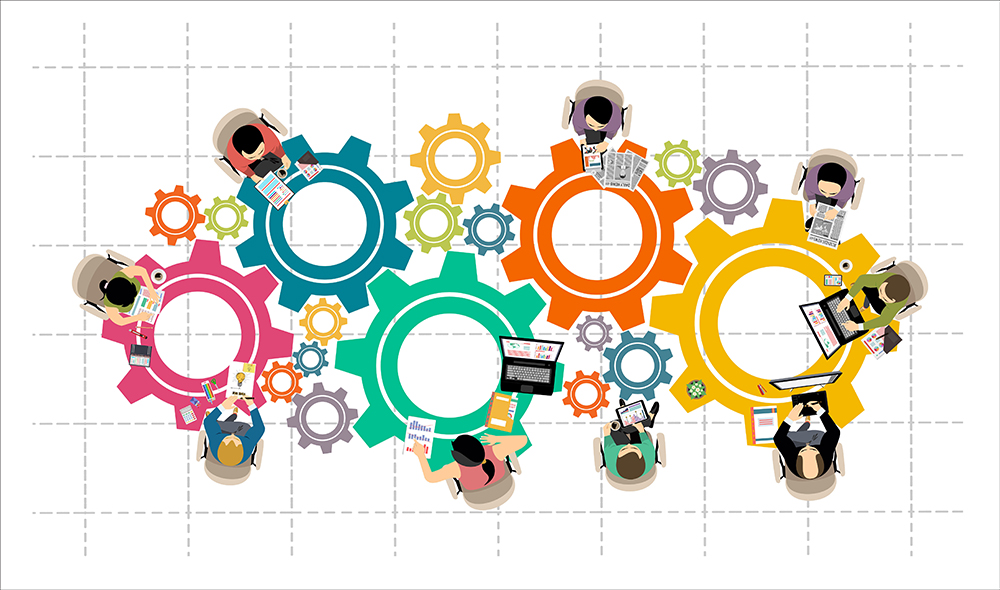Research Project

Research Project
Quantum Computing from Algorithms to Realization
Since the invention of classical computation [1], it has been used in all aspects of our life, from Apollo moon landing missions to controlling toaster machines. Classical computing is based on using bits of 1’s and 0’s and is built on the theoretical framework of Turing machines. They used physical devices based on classical physical concepts giving a deterministic output bit using what are known

Research Project
Terahertz Metamaterial Structures for Biomedical Sensing Applications
A new design of interdigitated E-shaped metamaterial sensor has been proposed. The structure has been intensively studied using CST software and is optimized to achieve ultrahigh sensitivity at the Terahertz range. Two different structures of the E-shaped sensors have been proposed. Both structures are characterized by a high absorption level at their resonant peaks with an ultra-high sensitivity

Research Project
Low-Power Artificial Intelligence Framework for Internet of Things Applications
The Internet of Things (IoT) is penetrating many facets of our daily life with the proliferation of intelligent services and applications empowered by artificial intelligence (AI). Due to the massive scalability of modern IoT networks and increased data privacy, traditional AI algorithms require centralized data collecting and processing, which may not be practical in real-world application

Research Project
Artificial Intelligence Based Cloud Computing for Autonomous Traffic Management
Automobile-related deaths rank as one of the most common causes of death in many places, particularly developing countries; Egypt loses about 12,000 lives due to road traffic crashes every year. The greatest danger to human beings is not cars but people themselves because cars are not dangerous if driven by care and more attention. Cell phone use, whether by talking on the phone or texting

Research Project
Pre-emergency Alert IoT System-based on Wearable Devices for Diabetic Patient
According to World Health Organization (WHO), there are more than 400 million diabetic adults worldwide. In Egypt, only there are about 8 million diabetic people, and the diabetes prevalence rate is estimated to be 13.3% by 2025, according to WHO. In most cases, the diabetic person requires regular visits to the hospital for health checks. However, due to the COVID pandemic, it has become risky

Research Project
An Underwater AR based System for Marine Life Detection and Classification for Divers and Tourists
Objective/Contributions: Collecting and annotating an extensive dataset of fish images representing the fish species in the red sea. Building a machine learning model capable of detecting and classifying fish species from a real-time video. Building a proof-of-concept prototype for the AR hardware that is capable of capturing the live video of marine life, running the classification model, and

Research Project
Non-reciprocal Devices Using Time Dependent Materials
This work targets an optical analogue for the electronic diode that is the cornerstone and one of the main reasons behind the diversity, maturity, and applicability of the field of electronics. In this work, we exploit intermodal coupling within spatio-temporally modulated systems to induce coupling between modes whose group velocities attain opposite signs. We analytically prove that when

Research Project
Machine Learning Inspired Electromagnetic Metasurfaces
Objective/Contributions: This project aims to design novel metasurfaces with various functionalities and to develop a platform integrating advanced electromagnetic theory and AI techniques toward a behavior-oriented era of designing such metasurfaces. Various frequency bands, including the microwave, mid-IR, and optical bands, are utilized for numerous real-life applications, including but not

Research Project
Developing and Validating an Integrated Precision Agriculture Platform Using IoT/LPWAN Technologies
Objective: The main objective of this project is to access and overcome existing challenges in implementing and developing smart farming, along with challenges raised in integration with both IoT devices and wireless sensor networks. Although many research works have been recently carried out and published in many works of literature to solve these challenges, most of these challenges still
